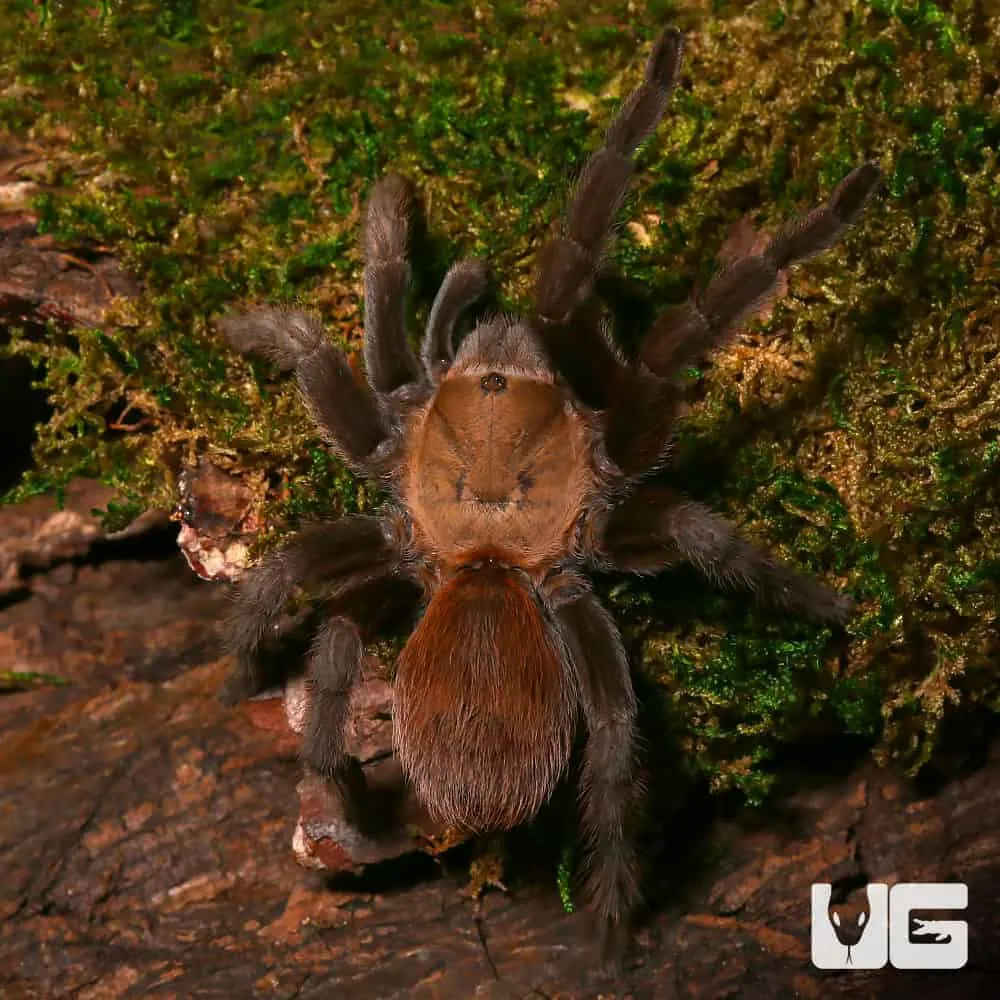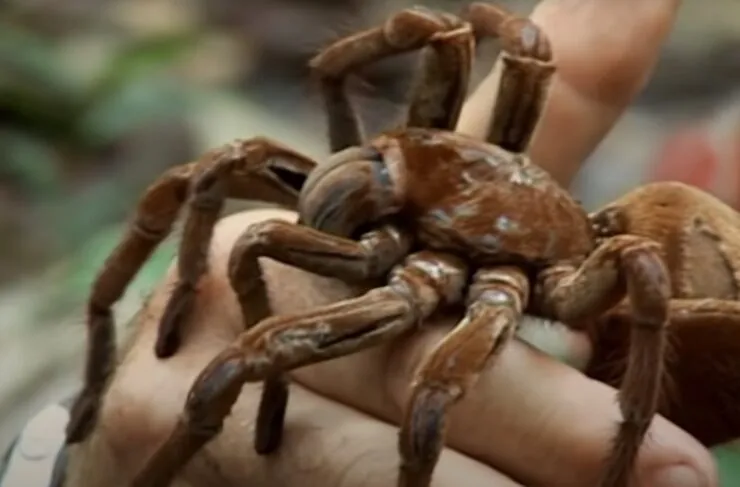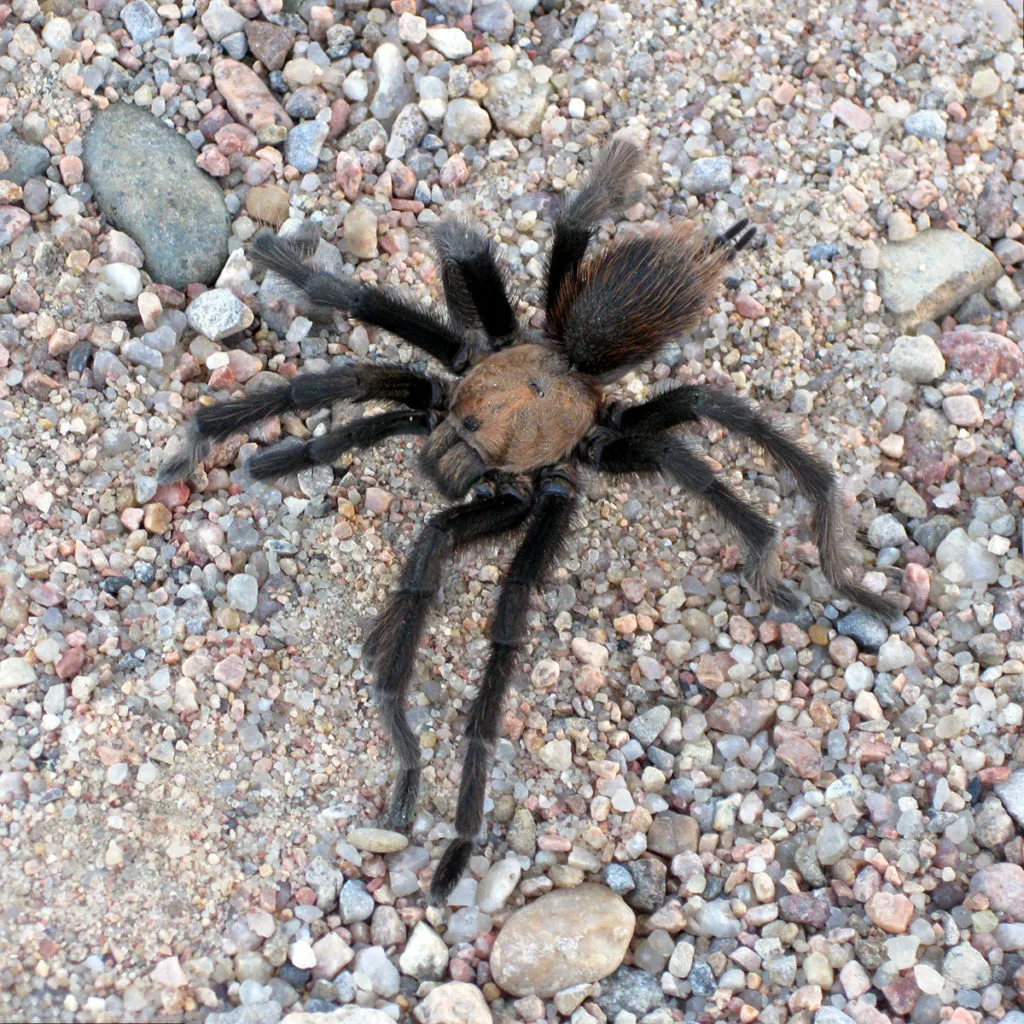Texas is home to a fascinating array of wildlife, and among its most intriguing inhabitants are tarantulas. These large, hairy spiders often spark curiosity and sometimes fear. However, understanding the different species of tarantulas found in Texas can help us appreciate these creatures and their role in the ecosystem. This guide will introduce you to five of the most amazing tarantula species you might encounter in the Lone Star State, providing insights into their unique characteristics, habitats, and behaviors. Get ready to explore the world of Texas tarantulas and discover what makes them so special.
Texas Tarantulas What Makes Them Special
Texas tarantulas are not just any spiders; they are a vital part of the state’s biodiversity. As apex predators in their habitats, they help control insect populations. These spiders are generally docile and rarely bite unless provoked. Their impressive size, often spanning several inches, and their hairy appearance make them easily recognizable. Furthermore, their life cycle, which includes molting and significant growth over many years, is a testament to their resilience. Observing these creatures in their natural environment reveals a complex web of life, showcasing the importance of preserving their habitats and understanding their ecological roles. The presence of diverse tarantula species also indicates the health and variety of Texas’s ecosystems.
Diverse Species of Texas Tarantulas
Texas boasts a diverse range of tarantula species, each adapted to its specific environment and exhibiting unique traits. Identifying these species can be challenging, but it is rewarding to learn about the specifics of each. The most common species include the Texas Tan Tarantula, Oklahoma Brown Tarantula, and Chihuahuan Brown Tarantula. Each species has distinctive features that help distinguish it from the others. Let’s explore the unique attributes of five remarkable tarantula species found across Texas, focusing on their appearances, habitats, and behaviors, enabling a deeper appreciation of their presence in the Texan landscape.
Texas Tan Tarantula

Appearance and Characteristics
The Texas Tan Tarantula, Aphonopelma hentzi, is one of the most commonly seen tarantulas in the state. As their name suggests, they are generally tan or brown in color, which provides excellent camouflage in their natural habitat. These tarantulas have a robust build and are covered in hairs. Their leg span can reach up to five inches. Their chelicerae (mouthparts) are strong and capable of delivering a bite, though they are generally not aggressive unless threatened. The appearance of the Texas Tan Tarantula is a key indicator of its species, setting it apart from other Texan tarantulas with its lighter coloration and general size.
Habitat and Behavior
Texas Tan Tarantulas are found across various habitats in Texas, including grasslands, open woodlands, and even suburban areas. They are burrowing spiders, constructing elaborate underground retreats where they spend most of their time, emerging mainly at night to hunt. During mating season, the males actively wander in search of females. They are known for their relatively docile temperament, though they will defend themselves if they feel threatened. Their behavior, from their burrowing habits to their hunting patterns, is a fascinating example of adaptation to their Texan environment.
Oklahoma Brown Tarantula

Distinguishing Features
The Oklahoma Brown Tarantula, Aphonopelma anax, is similar in appearance to the Texas Tan Tarantula but can often be identified by subtle differences in coloration and size. They tend to be slightly darker brown, with legs that may appear reddish. The Oklahoma Brown Tarantula has a slightly broader carapace (the top part of the cephalothorax) than the Texas Tan Tarantula. The best way to identify the Oklahoma Brown Tarantula is to look closely at the details, such as the hair color and the overall size of the spider. These distinctions help in differentiating this species from other tarantulas found in the region.
Ecology and Diet
Like other tarantulas, the Oklahoma Brown Tarantula is a predator. They primarily feed on insects, such as crickets, beetles, and grasshoppers. They are ambush predators, waiting patiently at the entrances of their burrows for prey to come close enough to be captured. Their ecological role helps regulate the populations of insects within their habitats. The Oklahoma Brown Tarantula’s diet and hunting strategies are key to understanding their place in the food web. Their presence contributes to the biodiversity and balance of the ecosystems in which they live, making them a crucial part of the local environment.
Texas Tan Tarantula

Appearance and Characteristics
The Texas Tan Tarantula, (Aphonopelma hentzi), is again highlighted because of its commonality and importance. This species is readily identified by its tan coloration and large size, with a leg span that can reach up to five inches. The body is covered in fine hairs, which can cause irritation if touched. They have sturdy bodies and strong chelicerae, but they are typically not aggressive and will try to retreat when threatened. The overall appearance of the Texas Tan Tarantula is a key identifier, which helps people distinguish it from other Texan tarantulas due to its distinctive tan color and large size.
Habitat and Behavior
These tarantulas are commonly found in diverse Texas habitats, including grasslands, open woodlands, and suburban regions. They are burrowing spiders, creating underground homes where they spend the majority of their time, coming out mostly at night to hunt. During the mating season, the males actively search for females, a crucial aspect of their lifecycle. They are known for being relatively docile. Their behavior includes burrowing habits and hunting patterns, which makes them fascinating examples of how they adapt to their Texan environment.
Chihuahuan Brown Tarantula

Key Identifiers
The Chihuahuan Brown Tarantula, (Aphonopelma chalcodes), is another notable species found in Texas. It can be identified by its dark brown coloration and robust build. The Chihuahuan Brown Tarantula is often larger than the Texas Tan Tarantula. Careful observation of its size and color is essential for accurate identification. They have a more pronounced pattern on their abdomen. Identifying the Chihuahuan Brown Tarantula requires attention to detail, helping to distinguish it from the other Texan tarantula species, which are essential for accurate identification and conservation efforts.
Conservation Status
The conservation status of tarantulas varies by species. While most Texas tarantula species are not currently considered endangered, their populations can be affected by habitat loss, pesticide use, and the pet trade. Protecting their natural habitats and avoiding the use of harmful chemicals is crucial for ensuring the long-term survival of these spiders. Raising awareness about their ecological importance and advocating for their conservation are important. Conservation efforts are essential to maintaining the balance of these ecosystems, ensuring that future generations can appreciate these unique creatures.
Texas Tan Tarantula

Appearance and Characteristics
Once again, the Texas Tan Tarantula is highlighted for its commonality and importance. This tarantula can be easily identified by its tan color and larger size, with its leg span reaching up to five inches. It is covered with fine hairs, which can cause irritation. They possess strong bodies and chelicerae, however, they are typically not aggressive, retreating when threatened. The physical appearance of the Texas Tan Tarantula is a key identifier. This aids in distinguishing it from other Texan tarantulas. Knowing its traits makes them easier to spot in different habitats and environments.
Habitat and Behavior
These spiders are found in many Texas habitats including grasslands, open woodlands, and suburban environments. These tarantulas are burrowing spiders, creating underground homes where they spend their time, mostly coming out at night to hunt. During the mating season, males will actively search for females, which is a vital aspect of their life cycle. Known for being docile, their behavior includes burrowing and hunting, making them fascinating examples of how these spiders adapt to their Texan environment.
Conclusion

Texas is a remarkable state, hosting various tarantula species, each playing a significant role in the ecosystem. From the docile Texas Tan Tarantula to the imposing Chihuahuan Brown Tarantula, understanding these creatures reveals the rich biodiversity of the state. By appreciating their unique characteristics, habitats, and behaviors, we can foster a greater respect for these animals and support their conservation. Whether you are a seasoned naturalist or simply curious, exploring the world of Texas tarantulas is a rewarding journey, offering fascinating insights into the natural world.
Frequently Asked Questions
How do I identify a tarantula species?
Identifying tarantula species requires careful observation of their physical characteristics. Look for their coloration, size, leg span, and any specific markings on their bodies. Consulting field guides, using online resources, and comparing photos can also help. Pay attention to habitat and location, as different species prefer different environments. Consulting with local experts or wildlife specialists is another valuable way to get accurate identification.
Are Texas tarantulas dangerous?
Texas tarantulas are generally not considered dangerous to humans. They rarely bite unless provoked, and their venom is not potent enough to cause serious harm. The bite may cause local pain and swelling, similar to a bee sting. The main danger is from their urticating hairs, which can cause skin irritation if touched. Respecting their space and avoiding handling them is the best way to avoid any potential issues.
Where can I find Texas tarantulas?
Texas tarantulas can be found in various habitats across the state, including grasslands, woodlands, and even suburban areas. The best time to spot them is during the mating season, typically in late summer or early fall. Look for burrows in the ground, or during the evening, when they may be active outside. Exploring parks, natural areas, and trails in Texas can increase the chances of encountering them in their natural environment.
What do Texas tarantulas eat?
Texas tarantulas are primarily insectivores, feeding mainly on insects such as crickets, grasshoppers, and beetles. They are ambush predators, waiting for prey to come close to their burrows. They also occasionally eat small vertebrates, like small lizards or mice. Their diet contributes to the natural balance of their ecosystems, helping to control the populations of insects and other small animals.
How do I care for a pet tarantula?
Caring for a pet tarantula involves providing a suitable habitat, proper feeding, and maintaining the right environmental conditions. They require an enclosure with substrate for burrowing, a water dish, and appropriate temperature and humidity levels. Feed them insects, such as crickets or mealworms, and remove any uneaten food. Regular cleaning is important to maintain a healthy environment. Researching the specific needs of your chosen species is essential for providing the best possible care.
